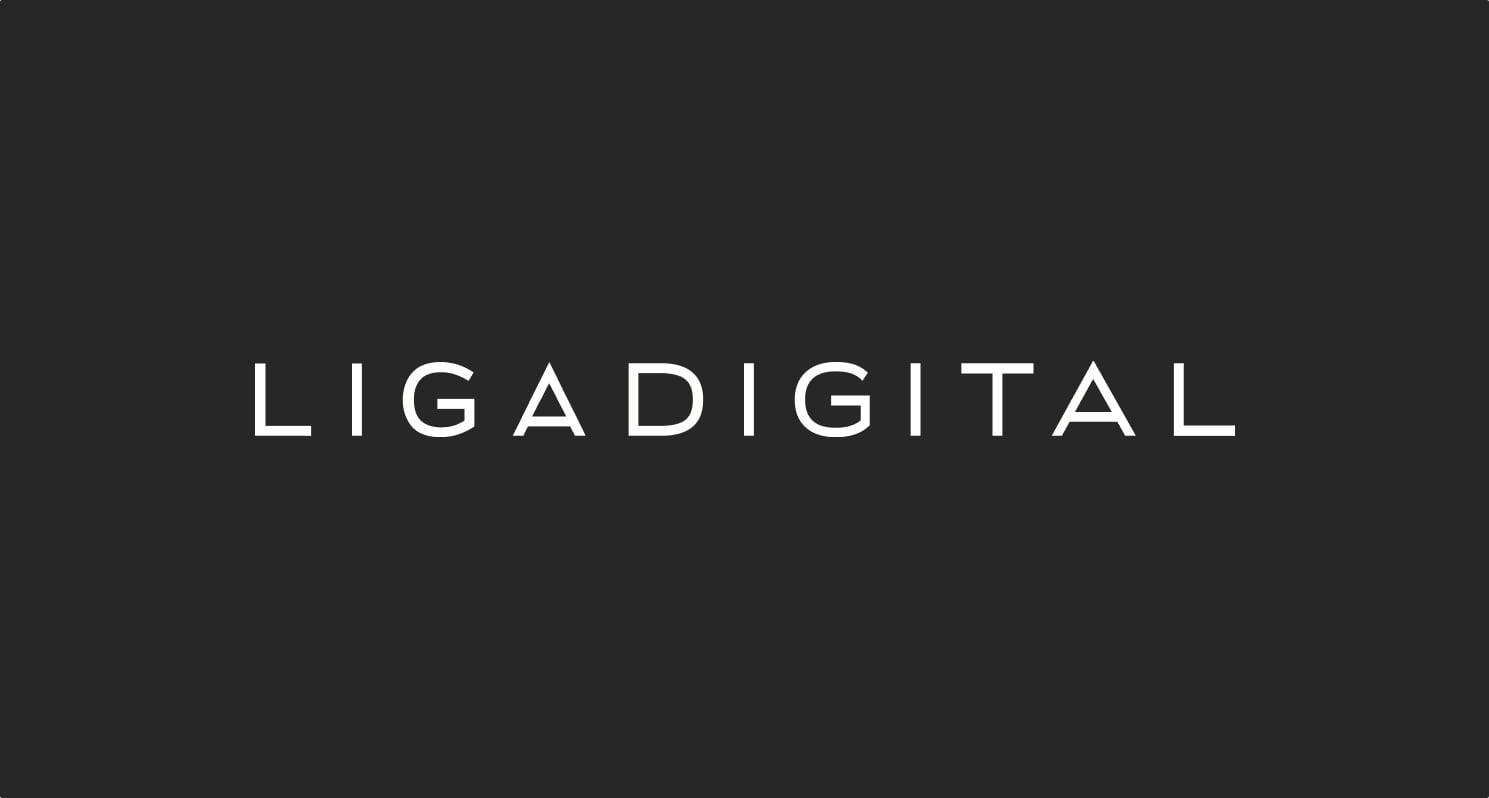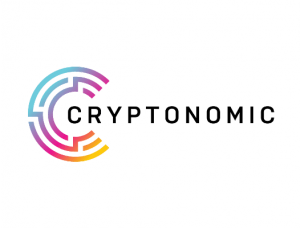This site uses Cookies. Read privacy policy.

Liga Digital struggled with scalability, reliability, and observability.
Limited observability, no secret management, scaling limitations, assigned containers to machines.
Transform VMware architecture into a scalable, reliable, observable, cost-effective cloud solution.
Infrastructure makeover, CI/CD orchestration, Kubernetes cluster with autoscaling, ArgoCD with GitOps.
Unique services delivered, regular support provided, lower maintenance costs, scalability, reliability & observability.
One of our clients, Liga Digital, an ERP software company, was struggling with achieving high scalability, reliability, and observability in their products.
Although the company has a great engineering team, this was something they couldn’t solve on their own. In order to improve user experience and achieve high scalability in their software development products, they asked our engineering team to work on some system improvements.
Their previous deployment and orchestration methods were based on software combined with customized solutions such as Docker Swarm, and Docker Compose. The build and deployment process was unreproducible, causing troubleshooting problems. They used different infrastructures for testing and production environments, which made it difficult to reconcile changes between x and y. It also didn’t make much sense to assign containers to the machine, as it was best to have everything generated dynamically as far as the architecture allowed.
The point of the project was to transform “in-house” VMware architecture into a cloud solution, taking into account several crucial aspects of the design:
The technologies and libraries we used:
Most importantly we gave the infrastructure a makeover, CI/CD, and deployment orchestration, but we also introduced a number of improvements to various areas of the project:
The focus was to standardize solutions to the various problems we had in the project. As the foundation of the whole solution, we chose AWS as the infrastructure provider and AWS managed Kubernetes as the orchestrator. Each workload had to be Docker managed.
We developed one parametrized deployment manifest for all of the internal applications and used the GitOps approach with ArgoCD software, which allowed us to have just one Git repository which acts as a single source of truth.
However, the project was an evolution, not a revolution. We built on the foundations the customer already had. We still used AWS, BitBucket, Datadog, 1Password, and Dockerhub. As a result, we finalized the migration away from Cloudformation into Ansible and Terraform.
After two years of this remote project run by a single developer, we managed to deliver unique services that hardly anyone else was able to solve. During the timeline of the project, we also provided regular support for day-to-day operations, production problems, developer assistance, and consultations. In addition, we maintained the legacy systems that hadn’t yet been replaced.
Using proper project methodology, and with experts on our side, the project was delivered in iterations, where consultants worked together with stakeholders on their current priorities.
The priority at the beginning of any project is to seize the opportunity to lead clients to lower maintenance costs. Choosing scalable solutions also protects technology investments. The client can continue to use the same software for longer because they are designed to grow alongside each other.
In addition, in this project, the developers had a great deal of freedom in pointing out current challenges and proposing ways to deal with them, which enhanced all of the processes and positively influenced the work of the software dev team.
Ultimately, the client gained:
Scalac worked with over 90 companies around the world.
Find out more about our consulting and development solutions.
See how our team contributed to customers’ success.


